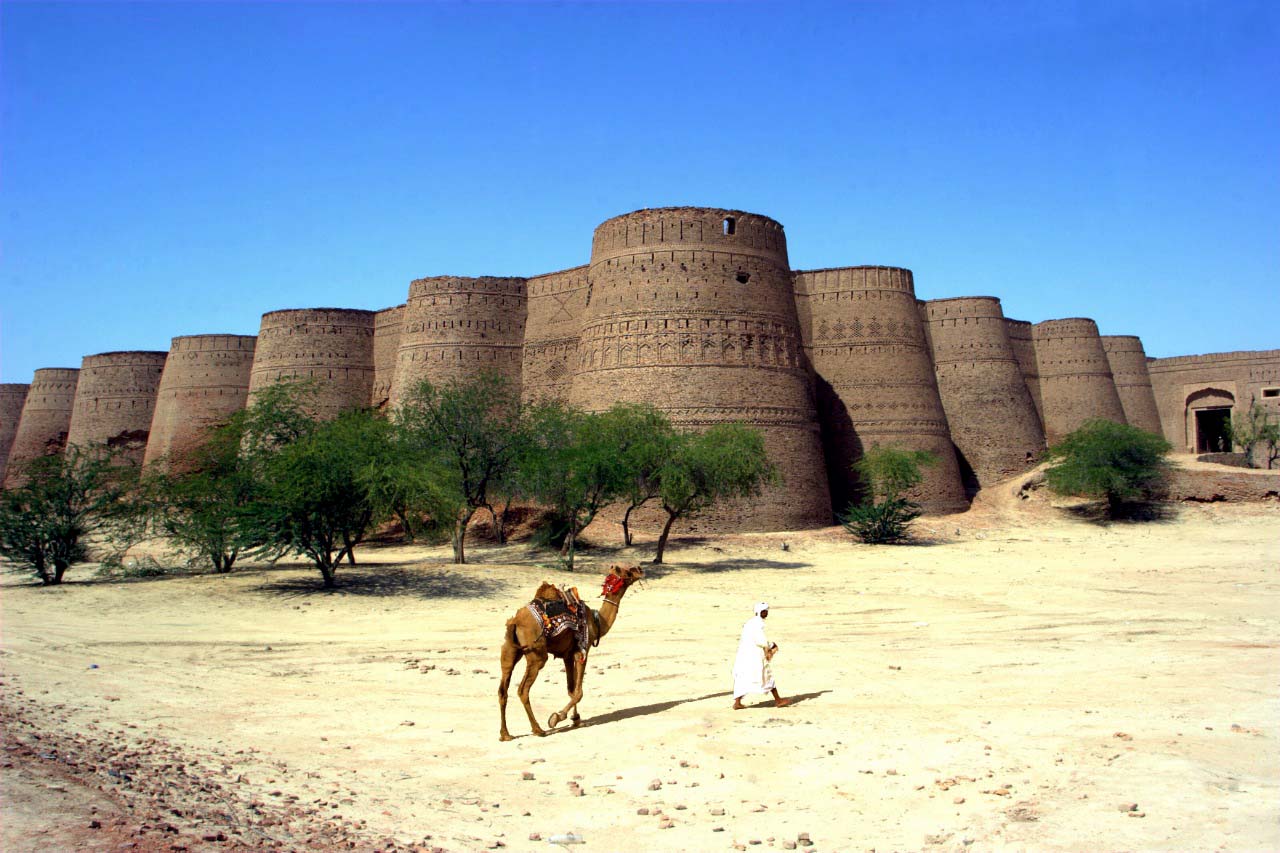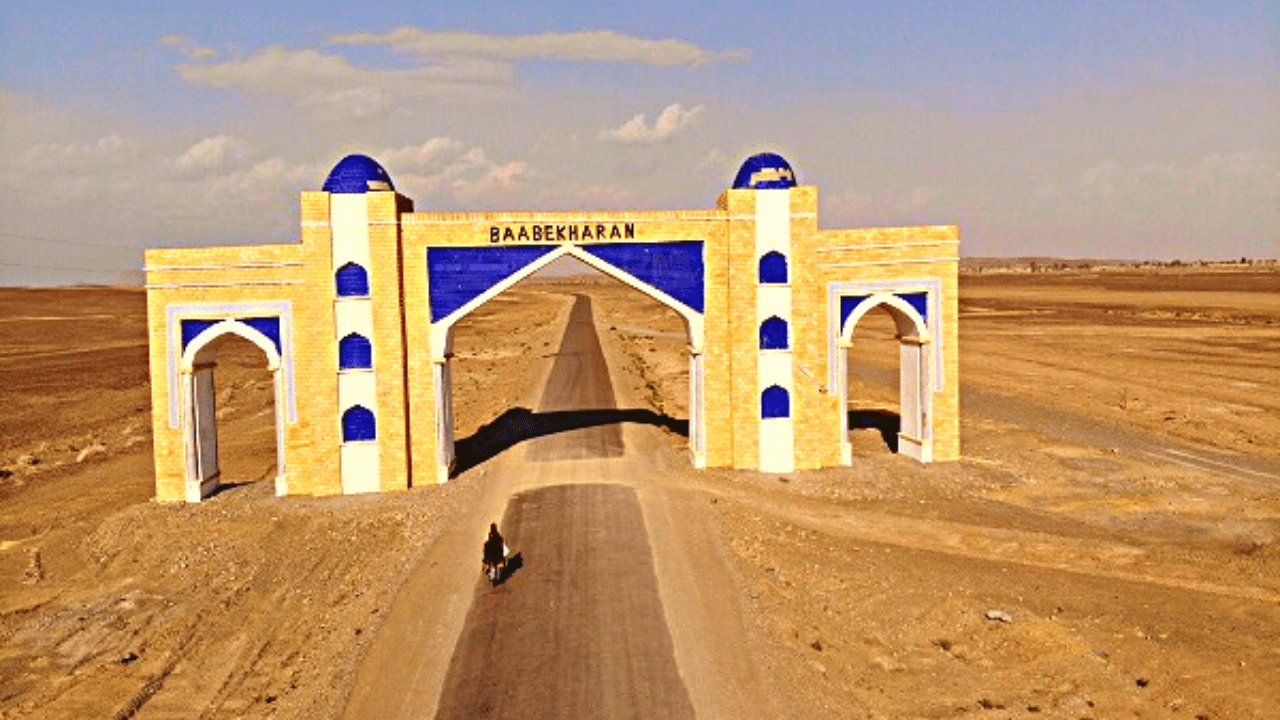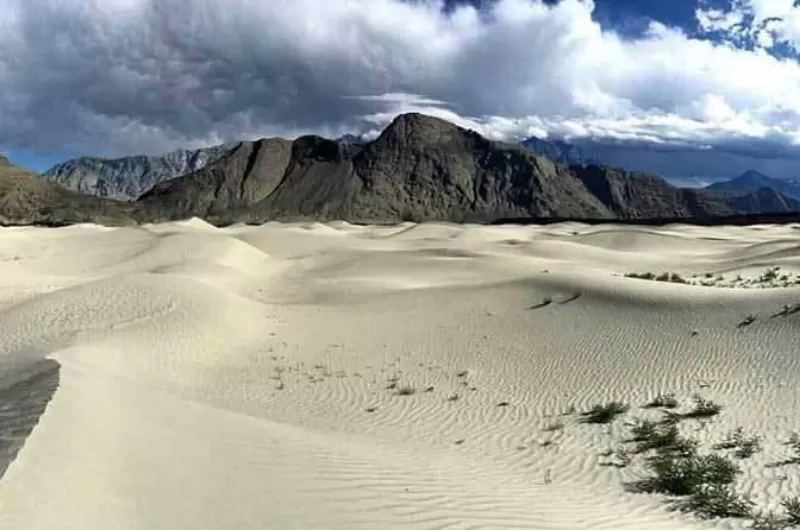Pakistan is a land full of natural features. From the northern mountains to the Southern coastlines, Pakistan has a lot to enjoy. The chilled highest mountains ranges in Pakistan, amazing lakes, fast-flowing rivers, and forests are what we usually like. But, the deserts in Pakistan also hold immense importance in the world.
Besides the Greenlands of Pakistan, there are also some dry and hot deserts that people might want to discover. Although deserts do not have an attractive appealing landscape, still they are attractive to many visitors who want to explore the natural features of this Earth.
Features Of Deserts In Pakistan
Around 10 per cent of Pakistan’s land comprises deserts in the south Eastern and South Western parts of Pakistan, mainly. These deserts have a topography that makes them stand out among other land features. They have long and parallel sand dunes, hot and dry climates, and desert winds continuously changing the landscape. For more information about the deserts in Pakistan, keep reading it till the end.
Thar Desert
The Thar Desert is one of the biggest deserts in Pakistan. It has three further sub-parts: Tharparker, Naa and Cholistan. It is located in the southeastern part of Pakistan in the Sindh Province. Geologists call it ‘The Great Indian Desert’ because it is the biggest desert in the subcontinent. It covers a region of 200,000 square kilometres in the Indian Subcontinent.
Thar is the seventh largest desert in the world. Thar desert has only a fifteen per cent area in Pakistan on the Sindh side. However, the rest of the eighty-five per cent area is located in India. Out of 200,000 Km square, Pakistan has 30,000 km sq while India has possession of 170,000 km square area of the desert.
In Pakistan, this desert is only found in Sindh. However, in India, it covers regions of Gujrat, Punjab and Haryana. The people of the Thar desert have a low standard of living. They usually depend upon agriculture for catering to their needs. They rely on proliferating agriculture, mainly cow rearing to make a profit.
Thar desert has some certainty extinction areas which are causing risk to the plants and animals life. People have various kinds of religions that they follow. People practice Islam as well as Hinduism They rely on agriculture for their living. They wear simple yet traditional dresses that are full of colours. These colourful dresses show their culture and traditions.
The people of Thar are full of life and work as different people like puppeteers, musicians, instrumentalists, dancers, snake enchanters and much more. Every night people gather around to have a good time together.
Thar consists of 30 million people despite its harsh conditions. It is also called a ‘Welcoming Desert’ for the number of people who visit here.
Cholistan Desert
Cholistan is located in Punjab’s regions around Bhawalpur. People of the area call it Rohi. The whole desert consists of six thousand kilometres. Seminomadic lifestyle is practised here. People live in their domicile in Cholistan for a shorter time period. While they move to other places for seeking employment, and nourishment. Not only for themselves, they also move for finding feed for their livestock animals during the harsh climatic conditions of the desert.
People of Cholistan rely on the cottage industry for their earnings. They are famous for making bedspreads, carpets, Food items, Choklistani khussas, and gold and silver jewellery. The females and children work at home. They also depend upon livestock for selling them wholesale or for extracting natural dairy products and yarn from them.
A wide variety of animals is also found here including Desert wolf (rare), Red fox, Jackal, Indian mongoose, Forest cat, Caracal cat, Chinkara gazelle, Nilgai antelope, Black vulture, Blackbuck, Saker falcon, Peregrine falcon, cobra, Saw viper and Russell’s viper. Houbara bustard, etc.
Thal Desert
Thal desert lies between the River Indus and River Jehlum and is adjacent to Potowar Plateau. It includes areas of Jhang, Bhakar, Khushab, Mianwali, Layyah, and Muzaffargarh.
The limited variety of plantations in this desert is sub-tropical thorn forests and some drought-resistant grasslands. It is one of the less-draughted deserts of Pakistan. It is drained by the Inland waters of River Indus and Jehlum. People depend upon water for their domestic needs, irrigation, and livestock nourishing.
Like other deserts, there are also nearing extinction zones which are endangering the lives of plants as well as animals.
Kharan Desert
Kharan deserts are located in the southwestern part of Pakistan in the regions of Balochistan. The desert is famous for the nuclear power tests at the place of Chagai on 28 May 1998.
The place is dry and barren but some of the favourable spots allow people to depend on agriculture. The desert is mostly barren so people normally depend upon manufacturing food items, hand-woven bedspreads, carpets, embroidered items, and ornaments made of gold and silver. It is also said that Alexander The Great also crossed the Kharan desert for entering the Indian subcontinent.
Skardu, Cold Desert
Katpana desert is located in Skardu and is the coldest desert in Pakistan. It is located in Gilgit Baltistan. The desert has gravel and snowfall during the winters. Katpana desert is the most elevated cold desert in the whole world at an altitude of 2,226. The height temperature of this desert is 25 degrees and the lowest is 8 degrees Celsius. However, in winters, the temperature may fall to -17 to -25 degrees celsius.






